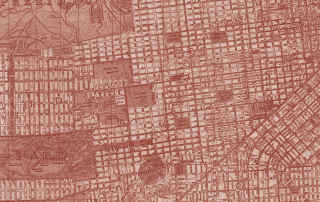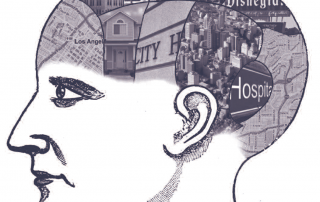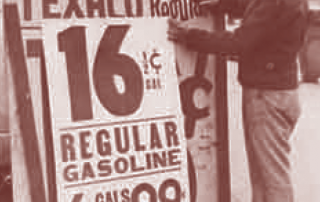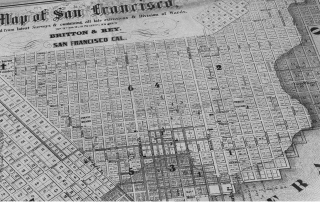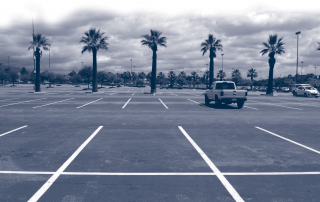ACCESS 43, Fall 2013
Introduction: The Goals of ACCESS
Donald Shoup
“Writing—the hard part is making it look easy.” E.B.White
Academic research in transportation often requires years of work before the author eventually publishes the results. Developing a hypothesis, collecting data, and conducting rigorous statistical tests are usually necessary before a journal will accept an article for publication. Then what happens? A few fellow academics and their students might read the article and discuss it. But transportation planners and elected officials who can use the results to improve transportation policy will probably never see the article or even hear about the research.
Download the PDF.

